The Future of Cinema in Mexico is on a giant virtual production screen at Churubusco Studios
By Esteban González de León
A group of people surrounds a burning dumpster. Everything around them looks destroyed: broken cars, fires, and abandoned buildings. One might think they’re survivors trying to stay warm. It seems like the end of the world, but it’s not. A second look reveals their clothing and, of course, a soundstage.
At Churubusco Studios, the production company Simplemente operates an ultra-high-definition screen using cutting-edge technology to improve quality and reduce the costs of film and television projects.
The people on the stage are part of one of Mexico’s most advanced production companies. Simplemente includes Mónica Reina, co-founder and director, Jesse Rosen, the strategy director, and Erwin Neumaier, director of Churubusco Studios. The apocalyptic world surrounding them is a state-of-the-art 2,000-square-foot soundstage. It’s the future of special effects in the film industry: a virtual production volume.
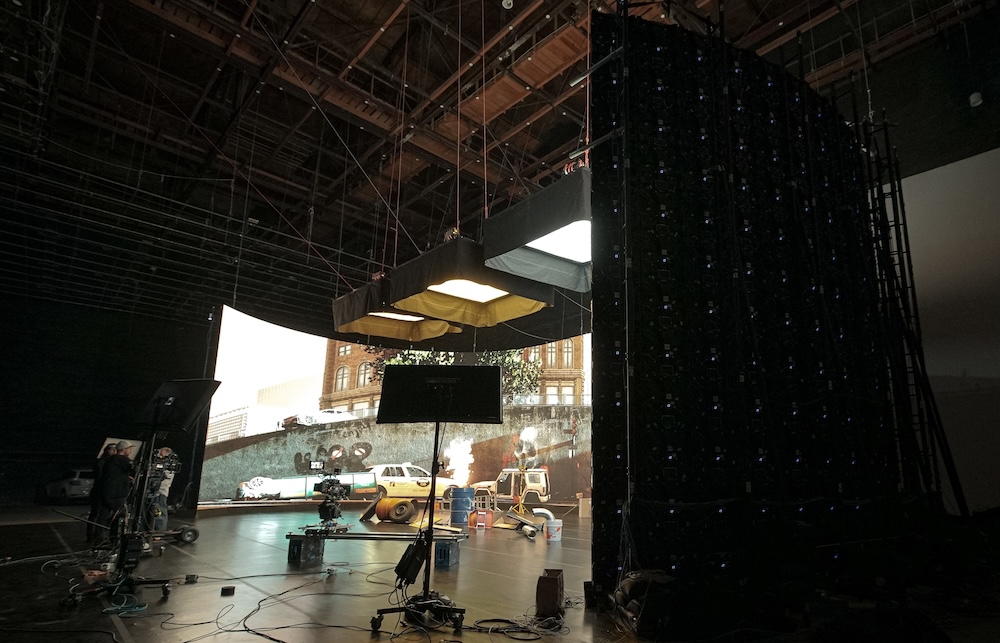
The first virtual production volume in Mexico
This volume is the first of its kind in Mexico and Latin America. It’s located inside the historic Churubusco Studios in Mexico City, where over three thousand films have been shot, including The Exterminating Angel (1962), Dune (1984), Total Recall (1989), and El Crimen del Padre Amaro (2002). More recently, and for the first time using virtual production, the Amazon Prime series Cada Minuto Cuenta (Every Minute Counts), depicting the 1985 Mexico City earthquake, was filmed here. “It felt like you were in the middle of an earthquake. It was like traveling back in time. It was very, very impressive,” recalls Reina.
Indeed, it is striking. The screen measures 60 feet long, 20 feet tall, and 33 feet deep. It’s comprised of 792 AOTO LED panels with a total resolution of 37 megapixels– almost ten times more resolution than a 4K screen. The distance between LEDs, or pitch, is a tight 2.3 millimeters. This makes it sharper and more realistic than those used in earlier virtual productions, such as Disney’s The Mandalorian, with a more sparse pitch of 2.8mm.
“You can think of it as 792 individual screens,” explains Rosen while showing the video processors behind the panels, which feed imagery to the volume.
Virtual environments projected on screens like these are the successors of the painted backdrops used for backgrounds in older movies. In addition to technological advancement and clarity, the big difference is that this screen reacts to movement and light, generating a high level of realism.
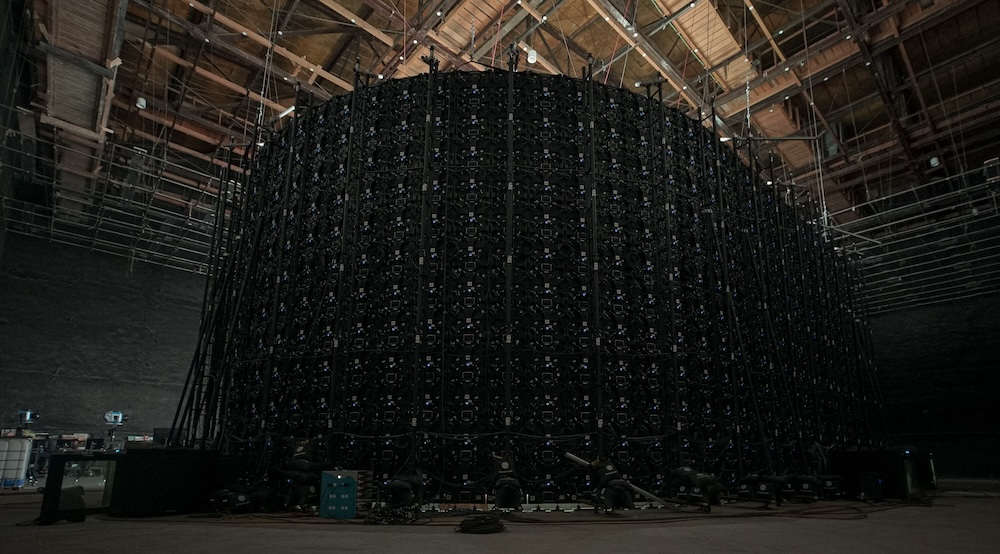
In all, the entire volume cost nearly two million dollars. It’s a substantial investment, but in the long run, it is more profitable than technologies like green screen. It also makes the work easier for filmmakers in pre-production, production, and especially post-production.
“You need to plan everything well in advance,” says Reina. “It’s not the typical ‘fix it in post’ mentality, but rather ‘fix it in pre.'”
“It’s not the typical ‘fix it in post’ mentality, but rather ‘fix it in pre.'”
Mónica Reina, co-founder and director.
Reina refers to how the industry has worked for years when unforeseen problems during production are resolved in post-production. For example, productions that rely on green screens often have ‘spill’ in post-production: a green reflection that can be seen on surfaces and must be digitally erased, raising costs and delaying the release. To leverage virtual production, film crews should prepare their background imagery thoroughly before production to make the most of the process.
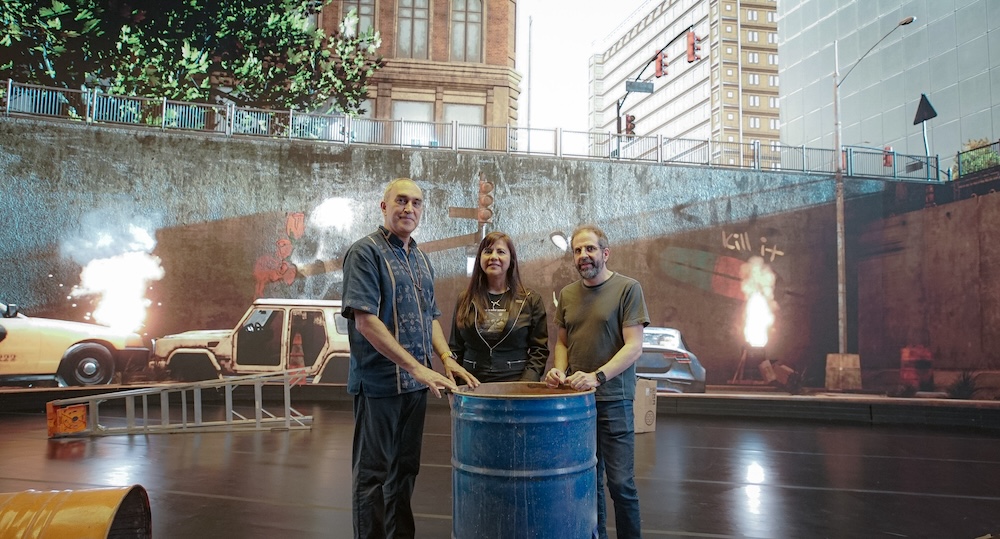
There are numerous examples of green screen issues. In Wonder Woman 1984, for example, there is a scene where Cheetah’s glasses reflect green directly. However, the more common problem is the discrepancy in lighting. In movies like The Matrix: Resurrections and many others, scenes abound where the illumination of the computer-generated background doesn’t match that of the composited actors.
With this volume, says Reina, we have intelligent lighting. The lights adapt themselves to ensure consistency between what’s projected on the screen and the actors in the foreground. This provides better integration of all the elements, as seen in virtual productions like Fallout, The Mandalorian, and La sociedad de la nieve.
Much more than a screen
Although the ultra-high-definition screen that projects the 3D environments in real-time is the crown jewel, the volume consists of much more. Eight Brompton video processors and eight high-powered render node computers are connected to the AOTO LED panels, which facilitate image transmission from the backstage computer bar, also known as Mission Control.
In command of the lighting is Fernando Ávila, DMX operator for Simplemente, who shows how, in seconds, he can control the lights above the screens. He can immediately dim all the lights, program special effects, or change colors. Instead of rearranging the lights physically for each scene, they can be modified virtually, saving time and money. When the background of the environment is adjusted, the light automatically matches it. If the sun on the screen is to the right, the actors are lit brightly from the same direction. If something moves on the screen, the lighting moves with it.
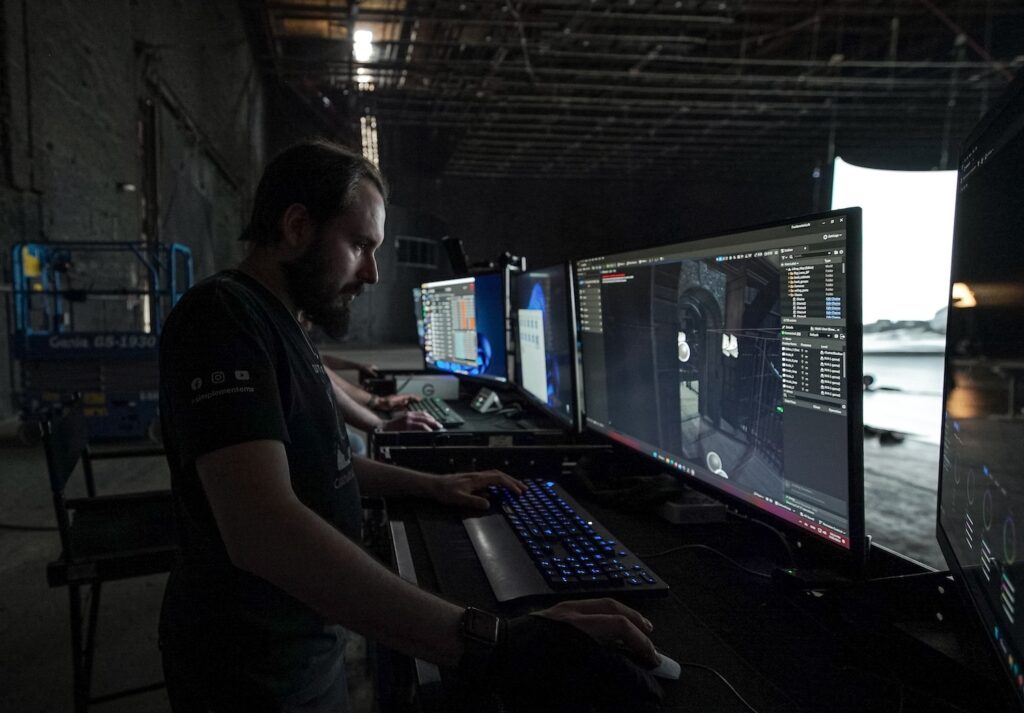
Alongside Ávila are the Unreal Engine operators. Initially created for video games in the ‘90s by Epic Games, the film industry now uses this animation software to develop and project sets previously composited via green screen. Now, everyone, especially the cinematographer, director, and actors, knows precisely where they are and what they’re reacting to.
While the Simplemente team arranges the set, Unreal artists Stefan Skoryna and Ishar Escalera can lift a taxi into the sky or animate it to move as if someone were driving it.
Unreal Engine is essential for all this magic. The artists model the environments and physical elements, including fire, dust, rain, etc. The artist can also re-use elements from various digital libraries to build the sets. Unreal Engine is among the most accessible platforms since even indie filmmakers can use it for free. This has made it a popular tool in the world of video games and now in cinema.
From Mission Control, operators like Ávila, Escalera, and Skoryna can have everything ready for the cinematographer to tell them which lens they will use and how they want to shoot the scene. The information flows to the servers, which render the images to the panels in real time. The monitors show how the scene will look during the shoot, whether with a fixed frame or a moving camera. The Unreal environment performs well, thanks to the horsepower of the servers and the cutting-edge NVIDIA video cards.
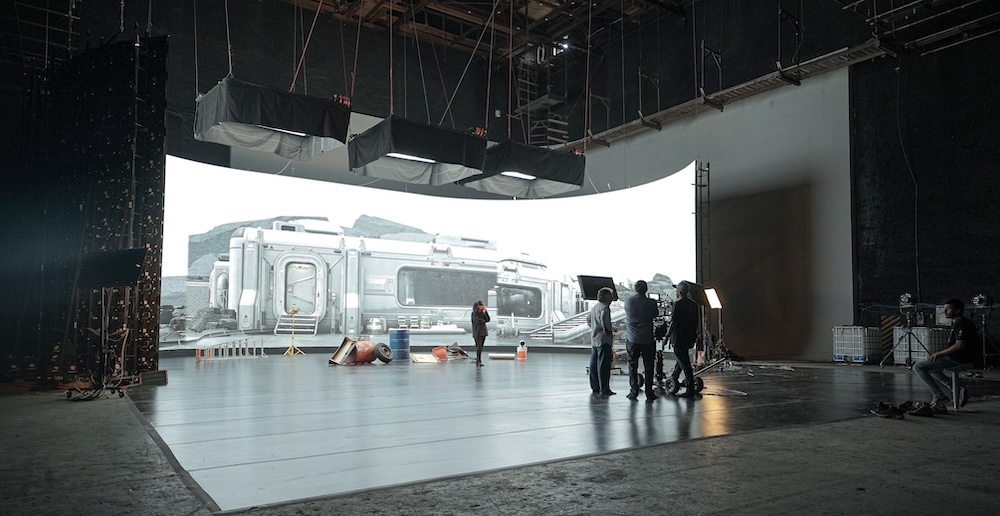
Thanks to a special camera tracking system, this is all possible. Simplemente uses Mo-Sys Star Tracker Max, an award-winning broadcast and film production tracking system, to register the camera’s position relative to the screen. If the camera turns, the screen reacts with the corresponding perspective shift in the virtual environment. It makes the background look like a real, physical space with depth instead of just a solid wall.
“At first, the volume seems highly advanced, but with a little experience and knowledge of cinematography, it’s the same workflow,” observes Rosen. “You move the camera as always, but now only part of the set is in the room. But everything you already know about good cinematography and cinematic lighting is the same.”
At first, the volume seems highly advanced, but with a little experience and knowledge of cinematography, it’s the same workflow.
Jesse Rosen, strategy director at Simplemente.
In-camera visual effects with LED volumes signal the end of the green screen in cinemas, at least for compositing visual effects. But the process is brand-new. Due to the pandemic, it took Simplemente several years to install the volume at Churubusco.
About Simplemente
Reina and Rune Hansen founded Simplemente in 2000. It began as a systems integrator for entrepreneurs and industry creatives. The team worked with cutting-edge technology, including the first version of Apple’s Final Cut Pro. Then came the first Canon digital video camera, the Panasonic VariCam, the Phantom high-speed camera, and 360-degree VR cameras.
“In 2018, we wanted to evolve from green screen to virtual production, so we began researching,” recalls Reina. “In 2019, we purchased LED screens to bring here to Mexico as a laboratory.” Then, the pandemic happened, and although Reina and Hansen experimented with the screens in the United States, it wasn’t until 2023 that the volume was finally installed at Churubusco.
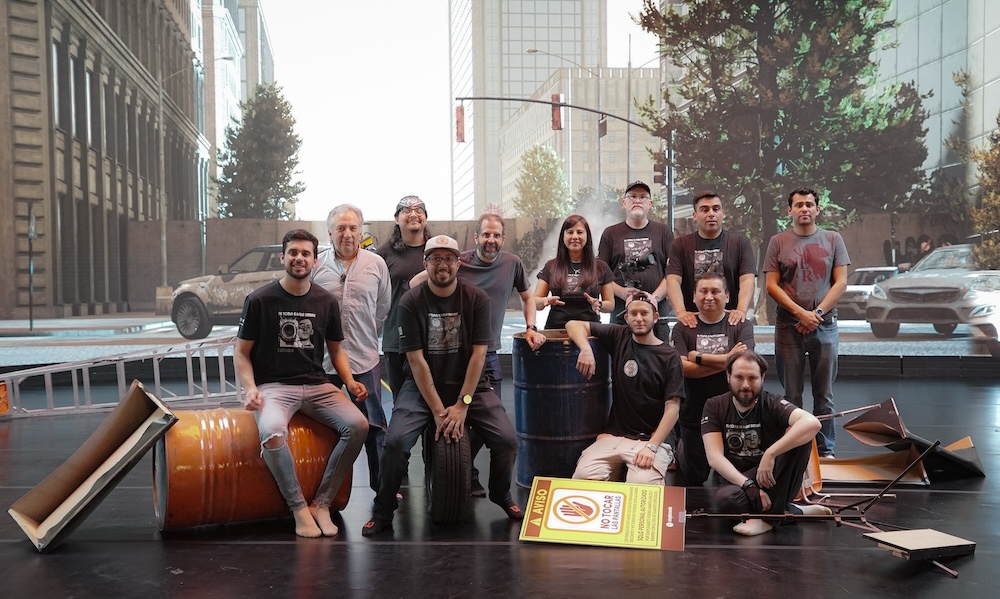
In May 2023, Simplemente began tests for filming Cada minuto cuenta. Since then, the technology has been used for various productions, including commercials, the Presidential debates, and a reality show for Cinépolis. The latter was filmed in 10 days on the stage instead of 25 real locations, which would have significantly expanded the schedule and the budget.
For Simplemente, this effort is about technology making film production more accessible and cheaper. In the United States, a day’s rental of a virtual production volume can cost more than $50,000. According to Reina, the same quality can be achieved for one-third the price at Churubusco Studios. Simplemente and Churubusco Studios are already working to ensure that foreign films and series can take full advantage of the benefits of filming in Mexico.
Creatives are looking for these facilities to film more on stages and less on location.
Erwin Neumaier, director of Churubusco Studio
“Creatives are looking for these facilities to film more on stages and less on location,” explains Neumaier. “The advantage of filming in a volume is significant because you have the perfect light forever and elements in the virtual world wherever you want them. You also avoid the challenges of changing light conditions and weather. Therefore, an ecosystem like Churubusco combined with virtual production becomes highly attractive.”
This article originally appeared in Wired magazine and was written by Esteban González de León. See the original version here. All photos by Pablo Romero.
To learn more about Simplemente, please visit https://www.simplemente.net/virtualproduction/
To learn more about Churubusco Studios, please visit https://estudioschurubusco.com

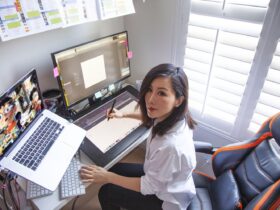
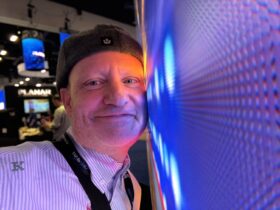
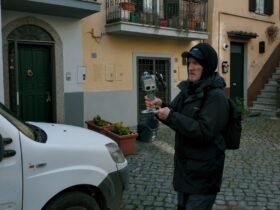
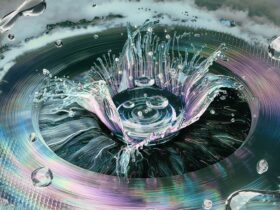
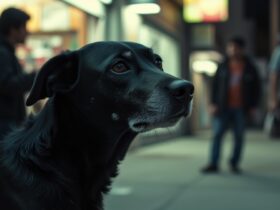
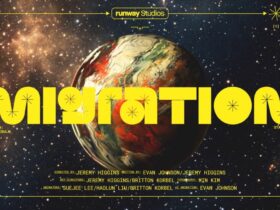
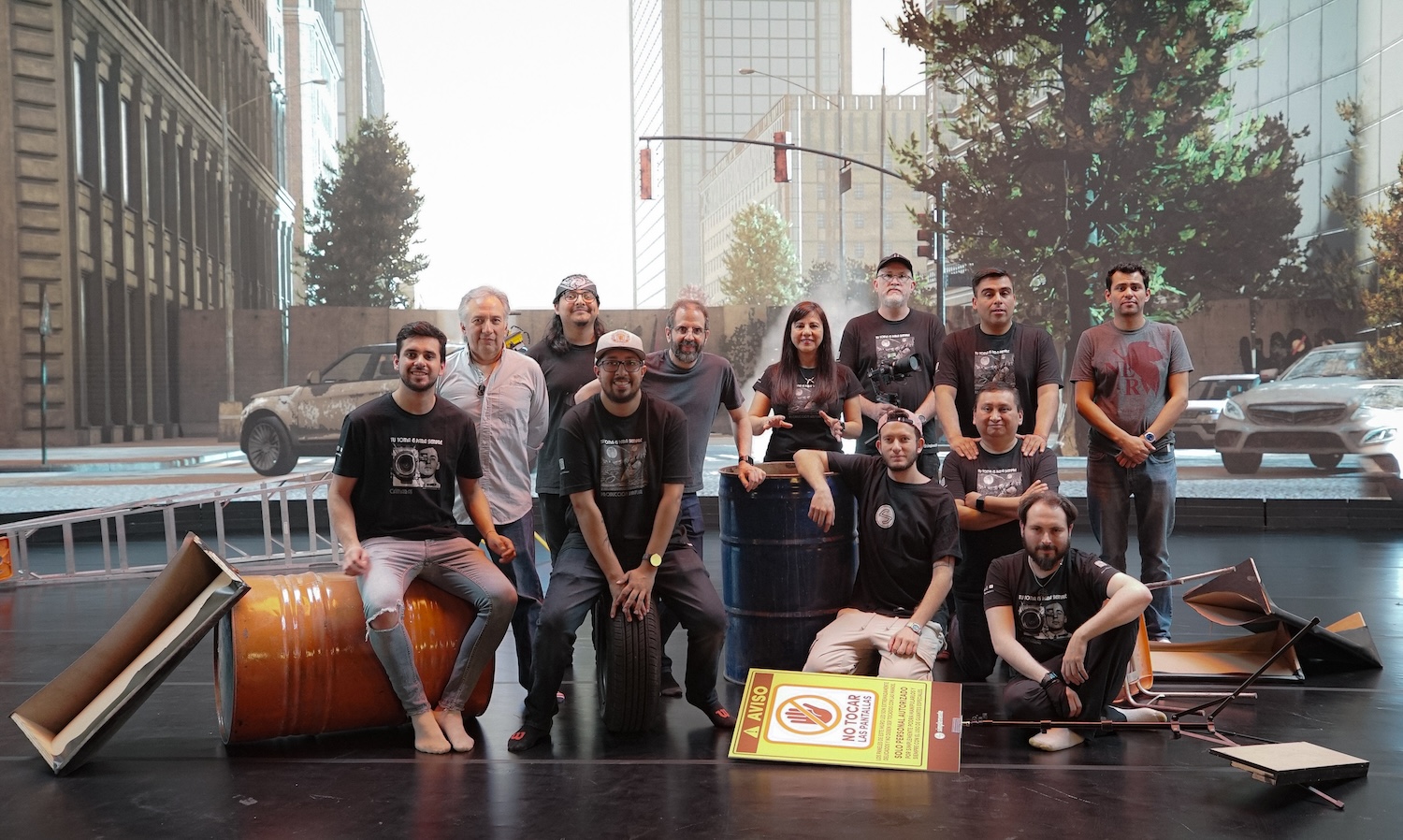
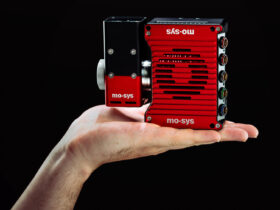
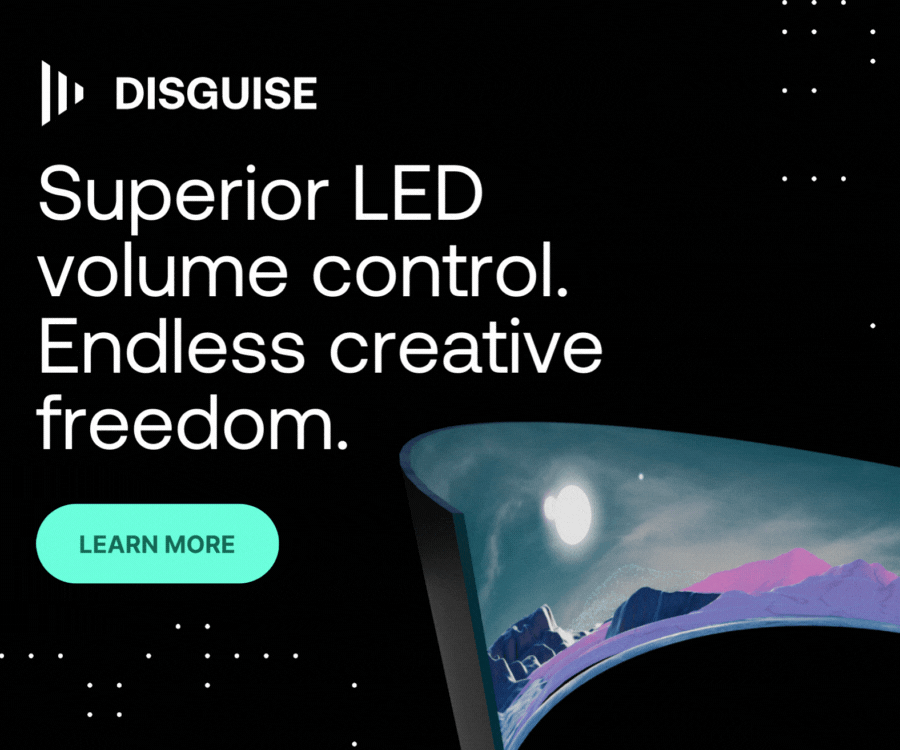
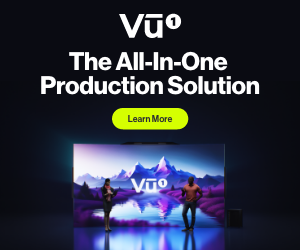

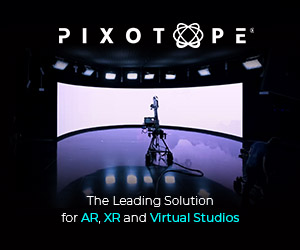
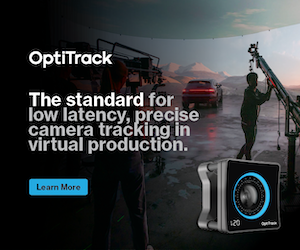
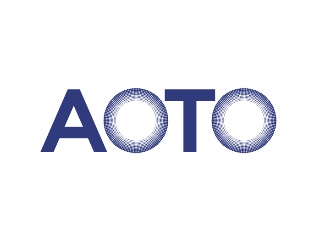

Leave a Reply